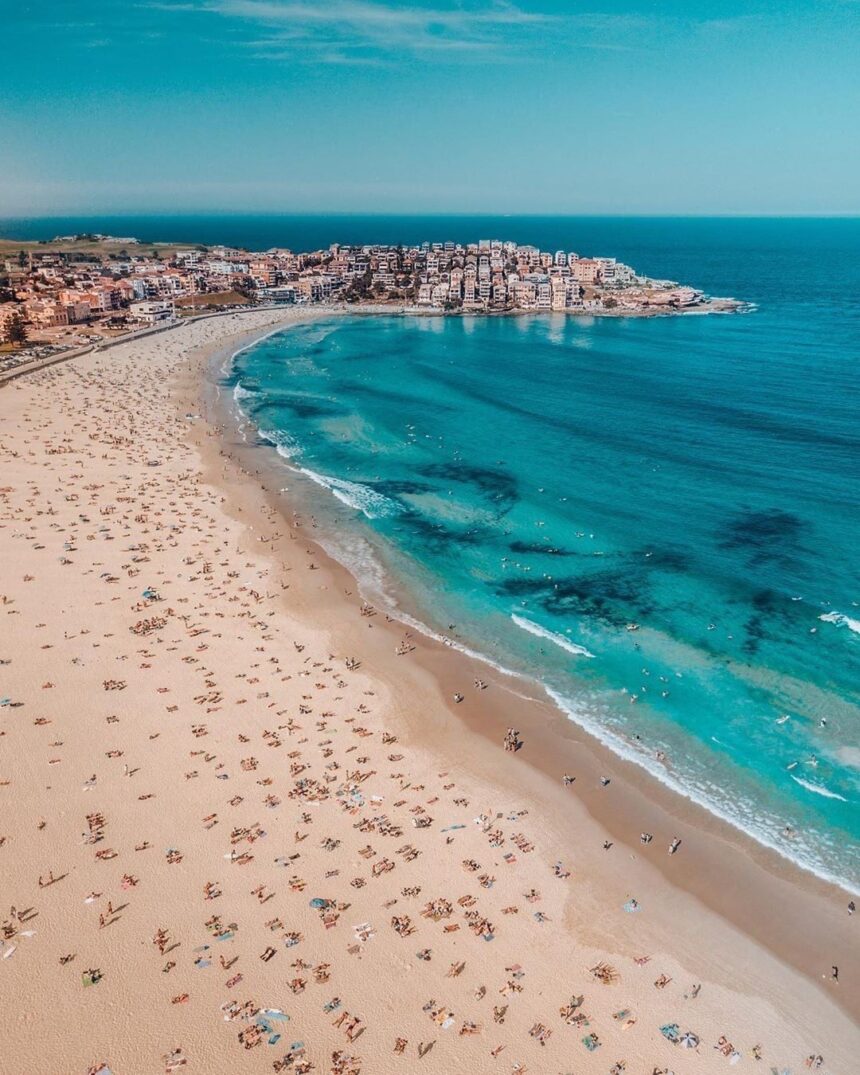Amazing Facts About Bondi Beach That Will Blow Your Mind
Bondi Beach, located in Sydney, Australia, is one of the most iconic beaches in the world. Known for its golden sands, rolling surf, and vibrant beach culture, Bondi Beach attracts millions of tourists and locals every year. In this article, we explore the history, facts, timeline, significance, daily life impact, FAQs, and societal importance of Bondi Beach in a human-friendly and engaging manner.
History of Bondi Beach
Bondi Beach has a rich history dating back thousands of years. The area was originally inhabited by the Aboriginal people of the Eora Nation, who called it “Boondi,” meaning water breaking over rocks.
Key Historical Highlights:
Pre-1800s: Indigenous Australians used the area for fishing, gathering, and ceremonial purposes.
1809: Land was formally granted to European settlers, and the beach area gradually opened to the public.
1900s: Became popular for swimming, surfing, and recreational activities.
1938: Lifesaving clubs were established to ensure beach safety.
21st Century: Bondi Beach is internationally recognized for surfing competitions, cultural events, and tourism.
Bondi Beach today is a symbol of Australian beach culture, blending natural beauty with social and recreational significance.
Facts About Bondi Beach
Length: The beach stretches approximately 1 kilometer, with soft golden sand and excellent surf.
Surfing Paradise: Known globally for surfing competitions and training.
Lifesaving Clubs: Established in 1906, Bondi Surf Bathers’ Life Saving Club is the oldest of its kind in the world.
Events: Hosts annual festivals like the Sculpture by the Sea exhibition and the Bondi Winter Magic festival.
Accessibility: Easily reachable by public transport and walking trails; parking is limited to encourage public transport use.
Climate: Subtropical climate; ideal visiting months are December to February during the Australian summer.
Tourism Hub: Restaurants, cafes, and shops line the promenade, enhancing the beach experience.
Timeline of Bondi Beach
Pre-1800s: Aboriginal use for fishing and ceremonies.
1809: European settlement and land grants.
1900s: Beach becomes popular for swimming and recreation.
1930s–1950s: Surf lifesaving clubs and organized swimming activities established.
1980s–2000s: Bondi becomes a global tourist hotspot.
2010s–2020s: Focus on sustainable tourism and large-scale cultural events.
Significance of Bondi Beach
Bondi Beach holds ecological, cultural, and economic importance:
Ecological Significance
Coastal dunes and marine life are protected through environmental programs.
Surfing and swimming areas are managed to reduce environmental impact.
Cultural and Social Significance
Represents the heart of Australian beach culture.
Surf clubs and beach festivals encourage community interaction and cultural heritage preservation.
Economic Significance
Tourism generates significant revenue for Sydney through accommodation, dining, and recreational services.
Provides employment in hospitality, retail, water sports, and event management.
Daily Life Impacts
For Locals
Offers a recreational hub for swimming, surfing, and socializing.
Encourages outdoor physical activity and healthy lifestyles.
Strengthens community engagement through surf clubs and local events.
For Tourists
Provides world-class beaches and water activities.
Encourages cultural exchange and appreciation of Australian lifestyle.
Offers photography, relaxation, and adventure opportunities.
Observance and Best Practices
Respect local surf zones and swimming safety signs.
Avoid littering and participate in beach clean-up initiatives.
Use sun protection and follow guidelines for outdoor safety.
Support local businesses and eco-friendly tourism services.
Respect indigenous heritage and cultural markers.
Wishing and Benefits
Visitors often leave Bondi Beach feeling energized, relaxed, and culturally inspired:
“May your visit to Bondi Beach bring excitement, relaxation, and unforgettable memories by the sparkling Australian coast.”
Benefits of visiting include:
Physical exercise through swimming, surfing, and beach sports
Stress relief and mental relaxation
Social interaction and bonding with friends and family
Exposure to Australian culture and beach traditions
Support for local economy and community initiatives
FAQs About Bondi Beach
Q1: Is Bondi Beach safe for swimming?
A1: Yes, lifeguards patrol the beach year-round, though swimmers should be mindful of surf conditions.
Q2: When is the best time to visit?
A2: December to February (Australian summer) offers warm weather and vibrant beach activity.
Q3: Are there surfing opportunities for beginners?
A3: Yes, multiple surf schools and rental shops cater to beginners and experienced surfers.
Q4: Are there food and amenities nearby?
A4: Yes, the promenade is lined with cafes, restaurants, shops, and picnic areas.
Q5: Is Bondi Beach family-friendly?
A5: Yes, with patrolled swimming areas, kid-friendly zones, and accessible facilities.
Review Section
Visitor Experiences at Bondi Beach:
Emma, 27 (Tourist): “The surf was amazing, and the lifeguards made me feel safe while learning to surf. I loved the energy of the beach.”
Liam, 34 (Local Resident): “I come here every weekend to swim and walk along the promenade. Bondi is the heart of Sydney for me.”
Sophia, 30 (Photographer): “Sunsets and the Sculpture by the Sea exhibition made my trip magical. The beach is incredibly photogenic.”
Rating: ★★★★★ (4.9/5)
Conclusion
Bondi Beach is a cultural and natural icon of Australia, combining golden sands, surfing culture, and vibrant tourism. For locals, it provides recreation, community engagement, and cultural pride. For tourists, it offers relaxation, adventure, and social experiences.
By practicing responsible tourism, respecting the environment, and supporting local businesses, visitors can help preserve Bondi Beach as a safe, beautiful, and iconic destination for generations. A visit to Bondi Beach is not just a beach trip—it’s an experience of nature, culture, and community, leaving memories that last a lifetime.








